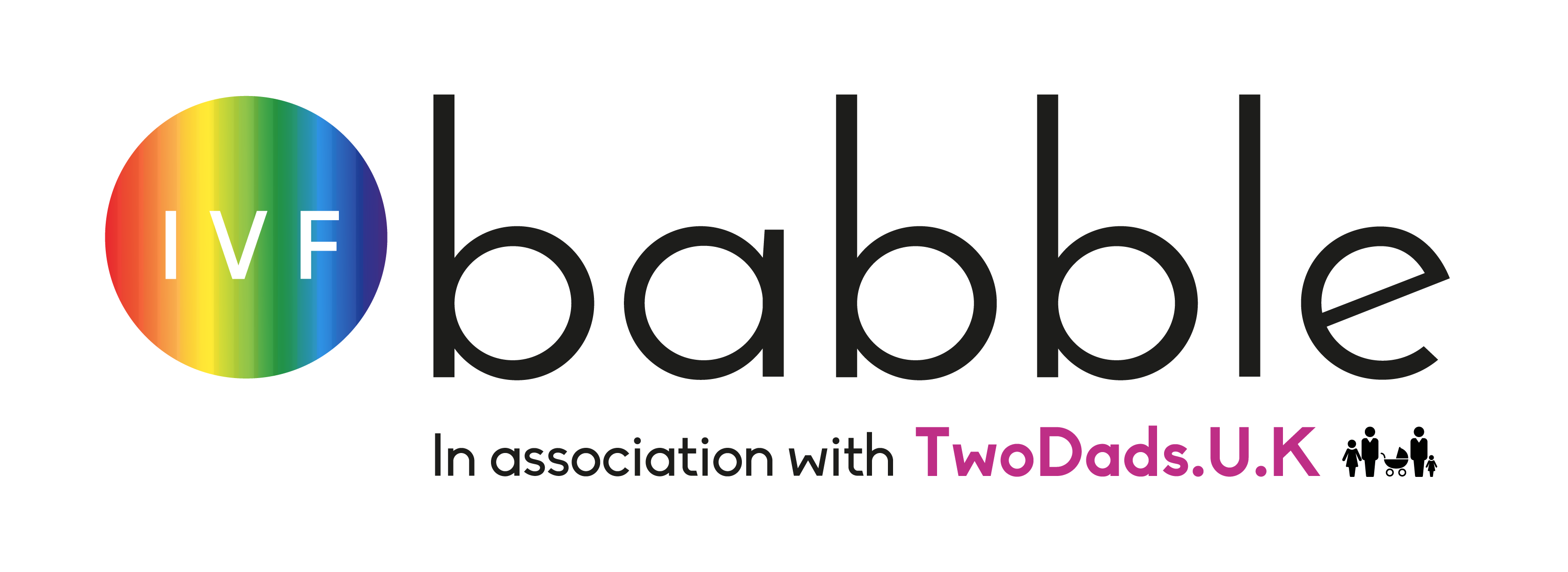Choose the right surrogacy agency and the right clinic for your treatment
Once you have decided to go ahead with either traditional or gestational surrogacy, do your research and choose a highly trusted, reputable surrogacy agency. Your agency will help match you to a suitable surrogate, manage the various steps in the process and being on hand to answer any queries or worries you might have. They will support you and your surrogate before, during and after the birth and helping you maintain communication with each other. This relationship cannot be underestimated, as under UK law for instance, a contract with your surrogate is not enforceable, so trust and friendship with your surrogate is vitally important.
Your agency will have handpicked the best fertility clinics for surrogacy to work with but alternatively, can work alongside a clinic of your choosing. Most agencies will also help you find a trusted egg, sperm or embryo donor or you can go to a clinic of your choosing.
To find a trusted surrogacy agency, go to IVF buddy.
Initial Consultation
Once you have chosen your agency, you will have a consultation to learn about the options available to you, the process of matching you with a surrogate, the legal and financial implications and medical information. Once you sign a surrogacy contract, you are then officially intended parents and will meet your team who will guide you through every phase of your surrogacy journey.
Selection Process for an Egg Donor
If you are using a donor egg, make sure you use a trusted and regulated egg donor bank if your agency doesn’t provide this service. (To find a trusted surrogacy agency, go to IVF Buddy). However, many IVF clinics have their own or access to egg donor facilities they may use on a regular basis.
You can browse your donor agency’s donor database for characteristics that you want to have in a child.
Some intended parents choose to use their own donors, who might be family members or friends.
If you have chosen a fresh egg donor, she will be contacted and notified of the match. She will then synchronize her cycle with the surrogate.
Screening and Selection Process for a Surrogate
Your agency will have screened all surrogates thoroughly. A typical screening process should involve an extensive medical and psychological assessment as well as thorough criminal and financial background checks.
The agency will find you a surrogate who they think will be a good match based on your preferences and legal needs. They will then pass on your profile to the surrogate mother who they think will be a good match. If she is interested in working with you, you will receive her profile.
If you want to meet, your agency will facilitate an introduction, usually by phone or Skype before you meet in person.
Meeting your surrogate
This can be incredibly daunting as there will be so many questions you want to ask, many will be highly personal and seem inappropriate to ask a woman you have literally just met. You and your surrogate will both have certain criteria that you want the other to fulfill. Ask your agency for guidance through this initial meeting.
Legal Agreements
You will need to know how surrogates’ expenses are managed, whether there is a cap on expenses, other costs and financial arrangements.
In the UK for instance, it is for you to agree with your surrogate what payments should be made to her unless your agency has discussed this on your behalf. It is important that expenses should always be agreed in advance and put in writing along with your surrogate’s signed consent to your becoming the legal parents in the UK after your child is born (even though any contract is not legally binding under UK law).
At birth, UK law treats your surrogate as your child’s legal mother. UK intended parents who are couples need to apply to the UK family court for a parental order within six months after the birth, wherever in the world your child is born.
If you decide on a US surrogacy route, you will sign a surrogacy contract which is legally binding in the USA. The specifics of how the law works will depend on the law of the state where your surrogate lives. Click here for more information on surrogacy and the law
The IVF Process
- The surrogate and intended parent/egg donor will synchronize their cycles using birth control pills. About 14 days into this stage, both the surrogate and intended parent/egg donor usually start taking Lupron, a hormone that dramatically lowers estrogen levels. The surrogate is typically about a week or so ahead of the intended parent/egg donor to ensure her uterus will be ready when the eggs are retrieved and fertilized.
- When the surrogate’s menstrual cycle starts while on Lupron, her Lupron dose is normally decreased by half and she starts adding estrogen replacement to the mix (in the form of pills, patches, or shots, depending on the doctor). Some doctors prescribe other medications as well (Dexamethasone to suppress male hormones to increase implantation, antibiotics to guard against any infection that might have gone undiagnosed, etc.).
- The retrieved eggs are fertilized with sperm from the intended father/sperm donor and incubated for two to five days. The surrogate’s Lupron injections stop the day before egg retrieval. Progesterone replacement starts the day of the retrieval and continues until the 12th week of pregnancy or a negative pregnancy test. Estrogen replacement also continues until the 12th week of pregnancy (when the placenta takes over hormone production). Because the surrogate was on Lupron, her natural hormones were suppressed. She will need external sources of these very important hormones in order to maintain any pregnancy that occurs.
- When the fertilized embryos are at the proper stage, they are loaded into a special syringe with a thin flexible catheter at the end. The catheter is inserted through the cervix into the uterine cavity where the embryos are “injected.” Most doctors will only transfer three to four two-day-old embryos or two five-day-old embryos. Any unused embryos are frozen for future use if a pregnancy doesn’t result from the fresh cycle. The surrogate is then put on bed rest. Some surrogates are on bed rest a couple of hours following embryo transfer. Others have been on bed rest for up to three days.
- A quantitative HCG, in which the amount of pregnancy hormone is measured, is usually done 14 days after the egg retrieval. At that time they are looking for the HCG level to be 50 or higher. Anything over 200 is indicative of a multiple pregnancy. The surrogate will have a second quantitative HCG test two days later to verify that the pregnancy hormone numbers are going up (they should double about every two days). If the quantitative HCG is negative, all external hormones are discontinued and a menstrual cycle starts within five days.
Pregnancy
If a pregnancy has occurred, an ultrasound is usually done at six weeks to check for a heartbeat. During this time, hormone levels are checked several times to ensure that the proper levels are being maintained for pregnancy. Once the placenta starts taking over the hormone production, the surrogate is weaned off the hormone replacements. The rest of the pregnancy is the same as any other pregnancy.
Birth
Your agency will help you to plan for the birth, both practically and emotionally, to ensure that all goes as smoothly as possible.
You will also be given guidance and information on how to fill out your parental order application.








